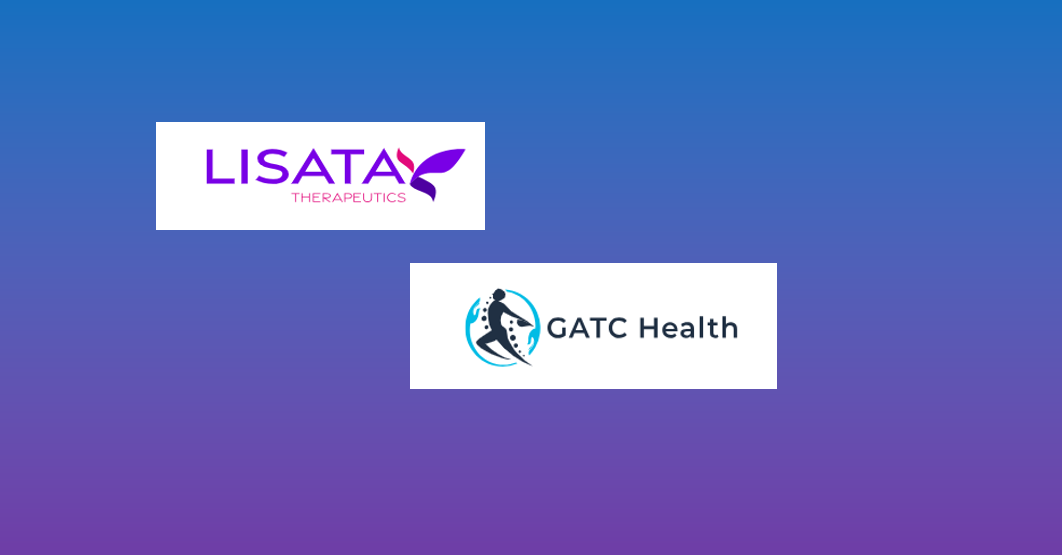Key Highlights
- Lisata Therapeutics and GATC Health expand their partnership to accelerate clinical development of an AI-discovered, non-opioid treatment for opioid use disorder (OUD)
- Partnership leverages GATC’s Multiomics Advanced Technology® platform and Lisata’s regulatory and clinical development expertise
- Phase 1 human trials of the OUD candidate expected to begin in early 2026
AI-Powered Drug Discovery Moves Toward the Clinic with OUD Focus
Lisata Therapeutics and GATC Health have expanded their strategic alliance to co-develop a first-in-class, AI-designed therapeutic targeting opioid use disorder (OUD). Discovered by GATC’s proprietary Multiomics Advanced Technology® (MAT) platform, the novel small molecule non-opioid has already shown strong efficacy in preclinical models, including a significant reduction in fentanyl intake. The program is advancing toward Phase 1 clinical trials in early 2026.
Combining AI-Powered Discovery with Clinical Execution
The collaboration builds on GATC’s advanced in silico drug generation capabilities and Lisata’s proven clinical development platform. GATC will fund all R&D expenses, while Lisata will lead regulatory strategy, IND-enabling work, and clinical trial execution. The companies also plan to explore AI-driven combination therapies and new programs using GATC’s MAT system, which simulates billions of human biochemical interactions to predict drug efficacy, safety, and off-target effects.
Validating AI’s Promise to Shorten Timelines and Reduce Risk
The MAT platform—validated by the University of California, Irvine—claims >85% predictive accuracy and specificity, and can analyze 400 trillion data points in under 8 minutes. As AI-driven tools align with the FDA’s evolving emphasis on New Approach Methodologies (NAMs), Lisata and GATC’s model may set a precedent for regulatory acceptance of AI-generated candidates.
Non-Opioid OUD Therapy Offers Market and Impact Potential
With opioid use disorder continuing to claim lives globally and existing treatments limited in efficacy or prone to abuse, the OUD candidate represents a potential breakthrough. Its differentiated mechanism—modulating dopamine signaling to reduce cravings and enhance mood—positions it as a promising entry into a multi-billion-dollar addiction treatment market.
About the Companies
- Lisata Therapeutics is a clinical-stage biotech focused on solid tumors and complex diseases. Its lead asset, certepetide, enhances targeted drug delivery into tumors using its proprietary CendR Platform®.
- GATC Health Corp. uses advanced AI and multiomics to simulate human systems biology and generate validated drug candidates across a broad range of diseases, from oncology to mental health.
With this alliance, Lisata and GATC aim to reimagine drug development through a blueprint that fuses advanced AI with agile clinical execution—cutting costs, compressing timelines, and increasing the odds of success from discovery to bedside.



